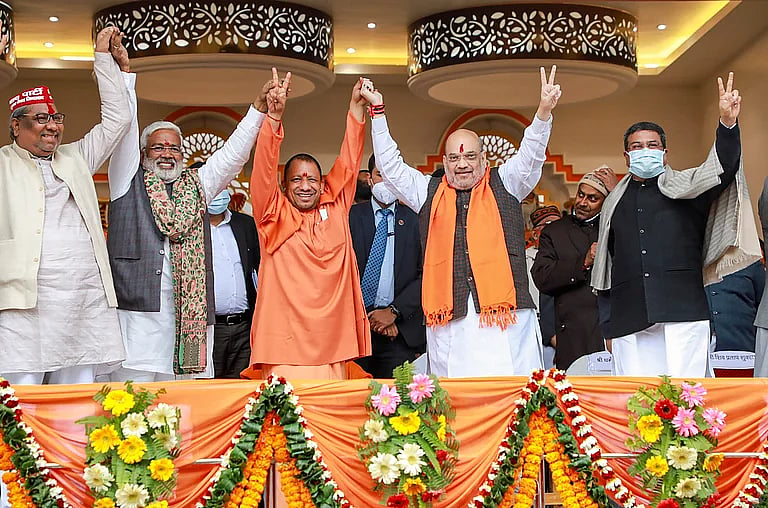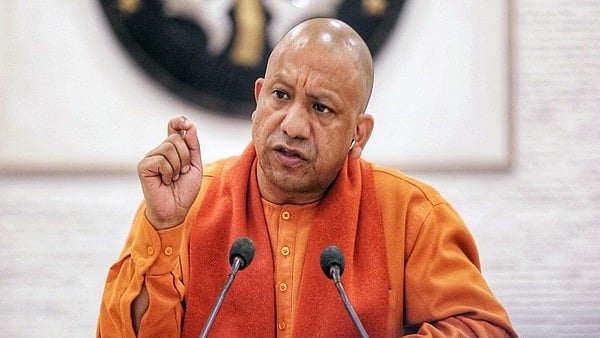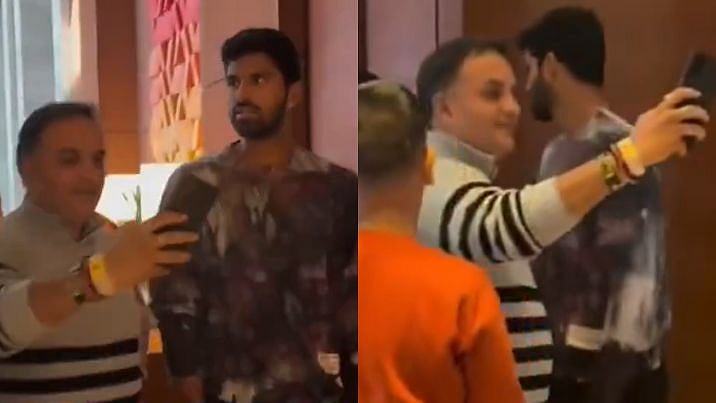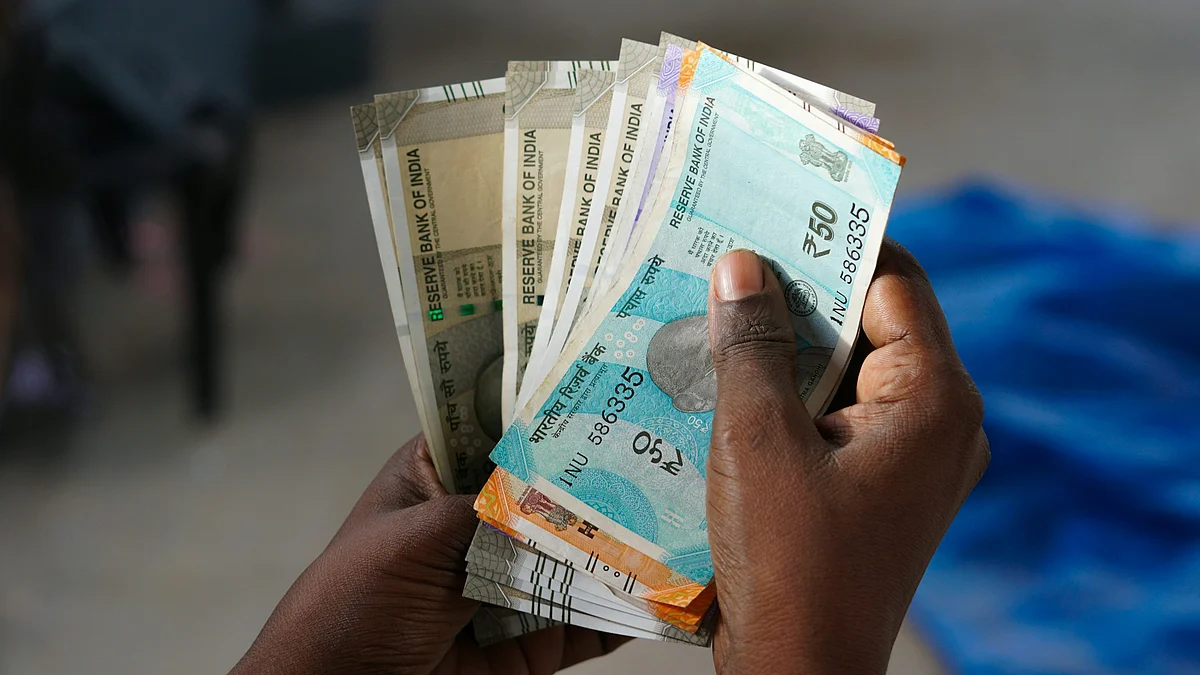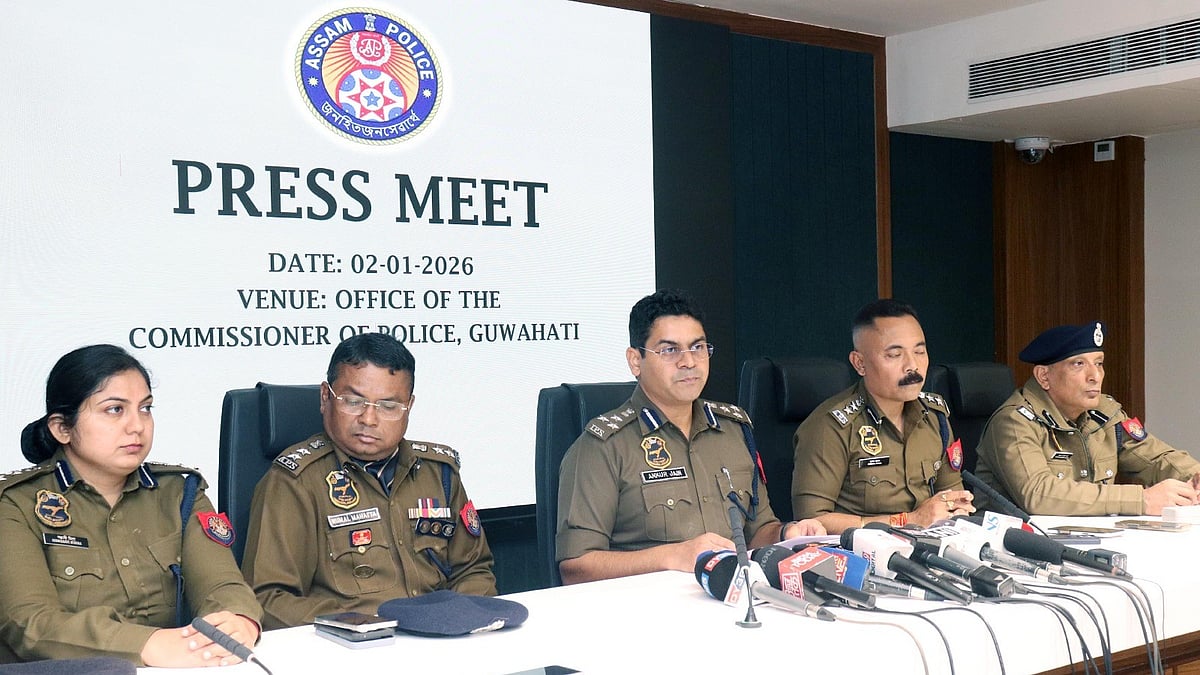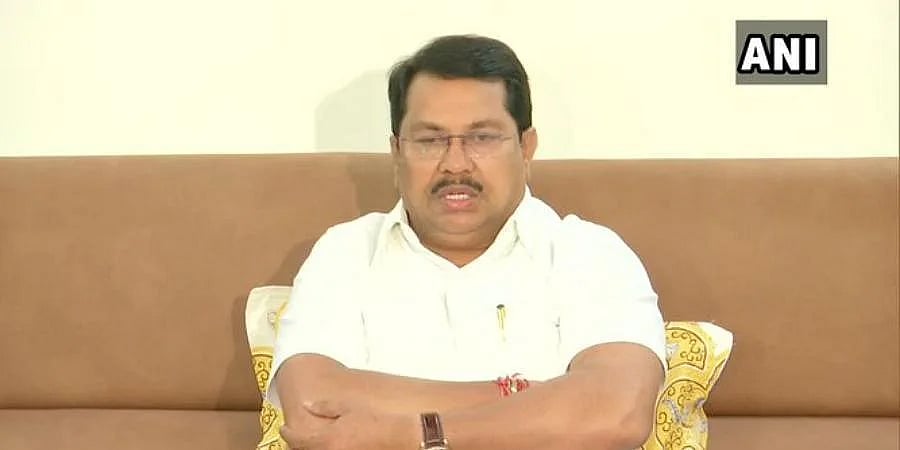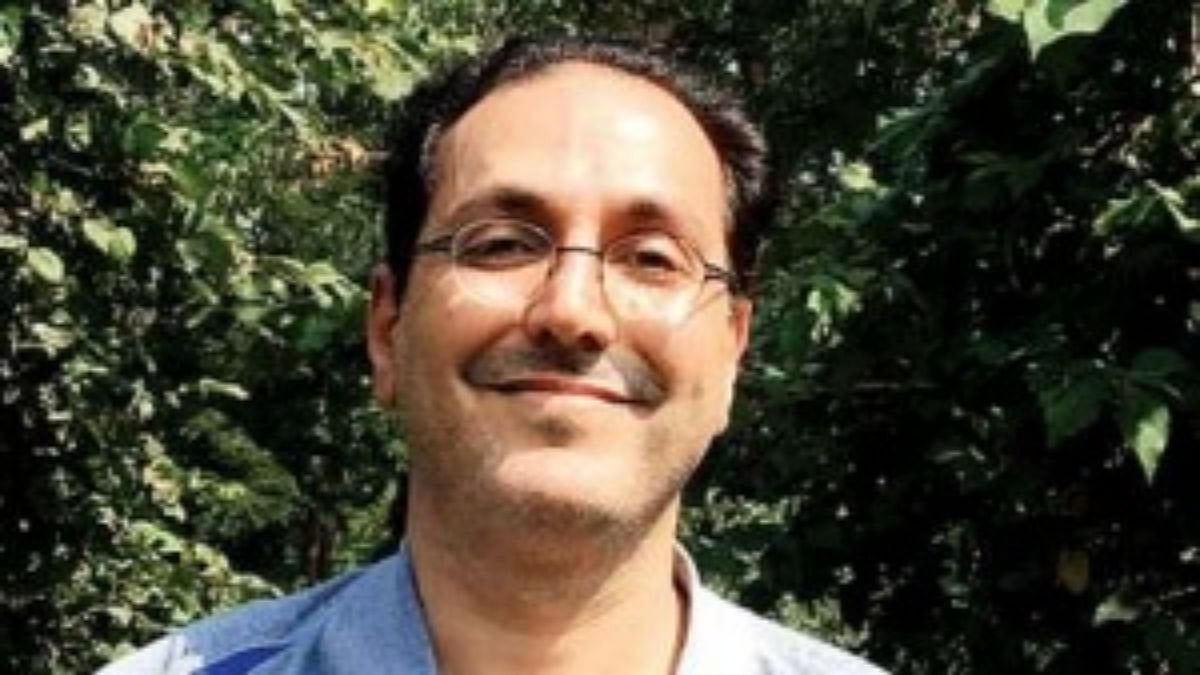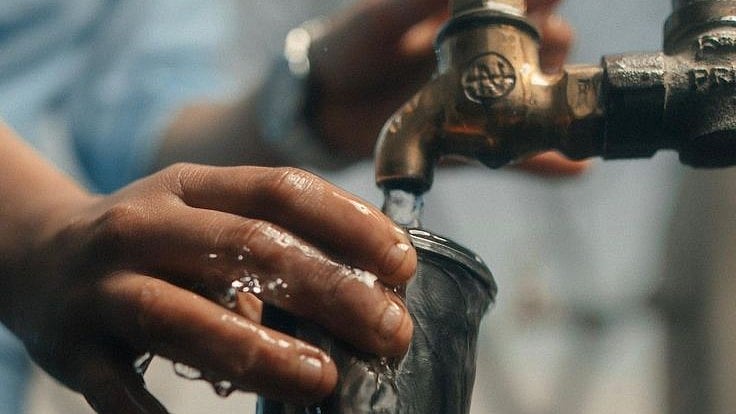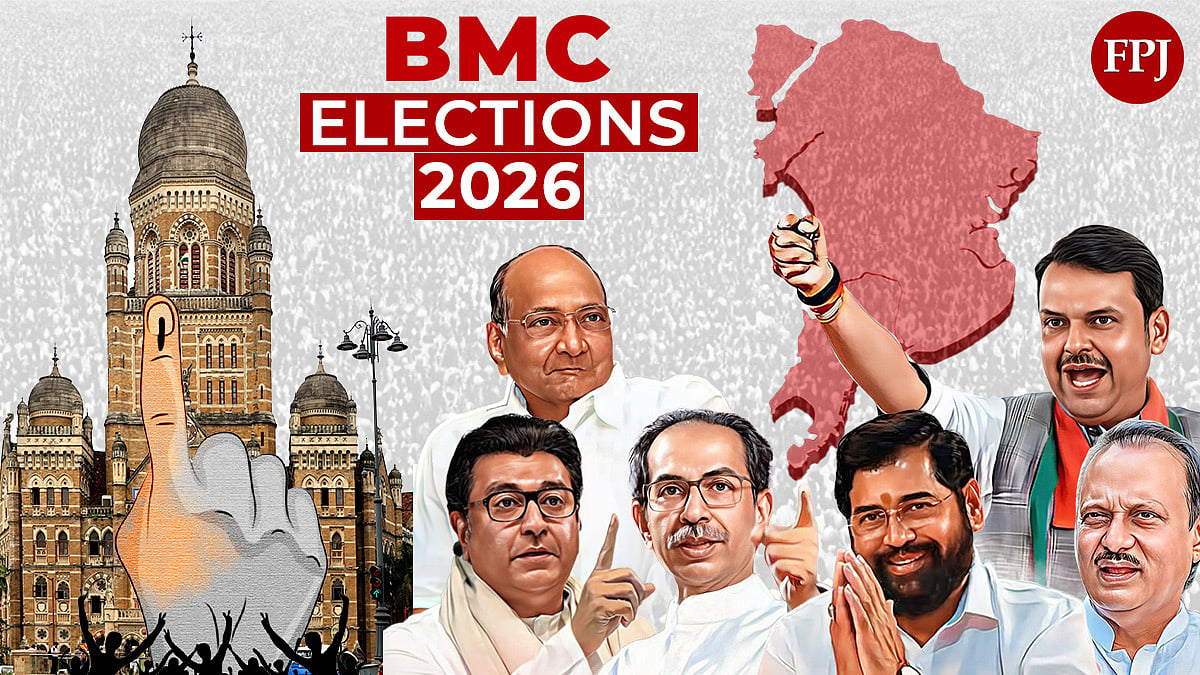As conveyed in this column earlier that the UP elections would be the interregnum between the Mandal and the Kamandal Politics, the result does hint in that direction. The superficial observation might lead to the argument that the communal polarisation has helped the BJP retain power, though, with a reduced majority. It also might appear that the electoral withering away of Dalit politics, which I have always believed to be the another offshoot of the Mandal politics, has begun and Kamandal politics is fast appropriating the Dalit movement in the state. The proponents of Hindutva politics may put forth the argument that the inability of Akhilesh to dislodge Yogi government is a reflection of the consolidation of the Hindutva forces. But in my opinion that is over simplification of the complex verdict.
UP elections in the recent past have been the most bitterly fought elections. The BJP, despite being led by two Hindutva icons, Modi and Yogi, was nervous to start with and till the results were not out, were not sure of retaining power. Akhilesh Yadav had emerged as a very serious challenger. He drew a huge crowd, the energy that was witnessed in his public rallies was missing in Modi and Yogi’s meetings. Not many were willing to cast their vote in either’s favour. The elections were being considered one that would have a photo-finish. The result could go either way. Though the final result proved that it was not so close. An 8% vote share separated the two in favour of the BJP and the BJP alliance has more than double the seats in the assembly. But the finer points need to be studied carefully.
There is no denying the fact that the upper caste, the harbinger of Hindutva politics, today is more robustly aligned than ever with the BJP. According to CSDS - Lokniti post poll survey, the upper caste consolidation is on an average more than 85% which is a huge number. If 89% Brahmins had voted for the BJP then 87% Rajputs and 83% Vaishya preferred the Hindutva party. Even the other upper caste number is 78%. Before the electoral process began it was speculated that the Brahmins were very upset with the Yogi Government. Though Yogi has taken sanyas and is the Peethadhiswar of Gorakhnath Temple, he was accused of bias towards his caste clan that is Rajputs, and Brahmins felt discriminated against by his administration. The so-called encounter of Brahmin gangster Vikas Dubey had further fuelled the debate. But the data tells a different story.
If the voting behaviour of the Brahmins in two assembly elections that is 2017 and 2022, is compared then it is apparent that despite their anger with the Yogi government 6% more Brahmins voted for the BJP in 2022. It is the same story with Rajputs and Vaishya. This time an additional 17% of Rajputs and 12% of Vaishya have voted for the BJP. Even other Upper castes have also increased their vote share to 78%. This shows that the upper caste despite a rampant price rise, unemployment and the issue of wandering animals/ cattle are more united than ever with the BJP. This proves two things - one, the upper caste believes that the BJP is the only party which can help them carry forward their socio-political-bureaucratic hegemony; this was the class that with the emergence of the mandal politics, felt threatened and insecure. Secondly, this also hints on the premise that five years of the Yogi government has given them the confidence that only the BJP led by Yogi can seek justice from history for them vis a vis Muslims. A large section of the upper caste under the spell of the RSS propaganda believes that Muslims have been their oppressors and the BJP offers them solace.
But, due to historical reasons other than the upper caste, backward castes and Dalits were not enamoured with the concept of Hindu Unity. In fact, within the civilisational milieu they feel discriminated against by the upper caste and after independence, even in the democratic set up were denied their share in the power. Ram Manohar Lohia and Baba Saheb Ambedkar were on the forefront to demand their participation in the power structure according to their numerical strength. But it was the implementation of 27% reservation in government jobs by V.P.Singh, which proved to be the turning point. It unleashed a new energy; Mandal politics took a definite shape, particularly in UP and Bihar. This blunted the sharpness of Kamandal politics. The BJP, before the emergence of Modi was a marginal force in UP for years, almost eclipsed OBC and Dalit politics by creating fissures in them. Yadavs and Jatavs were targeted and attempts made to create a polarisation on the line of Hindu Muslim binary between Yadavs and other than Yadavs and Jatavs and other Dalits. This helped the BJP reap rich dividends. After having been upstaged from the power structure for a long time, a new imagination got proponents of mandal politics thinking which led them to a new assertion.
In 2017, BJP leader Keshav Prasad Maurya, a backward leader, was denied his legitimate claim to the Chief Minister seat, and the ill treatment meted out to him later during the Yogi government, hastened the process. The accusation of ‘thakurvad’ on Yogi added salt to the wound. Modi sensed this and that is why he tried to replace Yogi with a new leader. After failing to do so he worked on the contingency plan. Modi performed a massive cabinet reshuffle. Out of 43 new ministers who took oath, 14 were OBCs and 9 Dalits. It was widely publicised that over all 27 OBCs and 12 Dalits were given representation in the cabinet. Even Yogi was also asked to rejig his cabinet. He added 7 new ministers out of which 3 were from the backward community, 2 Dalits and 1 from tribal community.
Undoubtedly, the BJP managed to arrest the drift upto a certain extent, but it failed to attract fresh talent from the OBCs. On the contrary an opposite movement was witnessed. Prominent leaders and parties like Om Prakash Rajbhar, Swami Prasad Maurya, Dharam Singh Saini, Dara Singh Chauhan, Ram Achal Rajbhar, Lalji Verma, Apna Dal (Kameravadi), Janvadi Socialist party and Mahan Dal aligned with the Samajwadi party. As a result, just like with the upper caste, OBC voters did not show undue interest towards the BJP. If Kurmi, Koeri, Maurya, Kushwaha, Saini and other OBCs marginally voted more for the BJP then Kewat, Kashyap, Mallah, Nishad’s vote share for the BJP dropped too. If CSDS-Lokniti survey is to be believed then the OBCs vote share for Samajwadi party vis a vis 2017 elections has shown an overall increase - if Kurmi vote share for the SP increased from 16% to 25%, then the vote share of koeri, Maurya, Kushwaha and Saini for the SP improved from 18% to 22%, for kewat, Kashyap, Mallah, Nishad from 7% to 26%, for other OBCs from 15% to 23%. Despite traditional antagonism between the OBCs and Dalits, a section of Dalits too have shown a positive inclination for the SP. If the Jatav vote share jumped from 8% to 21% for the BJP, then there was a jump from 3% to 9% for the SP. Similarly, the vote share of people other than Jatav Dalits has also increased from 11% to 23% for the SP and for the BJP this increase is from 32% to 41%. Though the increase is not substantial enough to dislodge the BJP, the social trend is quite visible. This was one reason that the BJP despite the desertion of the OBC leaders from their fold, did not directly condemn them as it did not want to antagonise their followers.
For the BJP to have maintain more or less its OBC and Dalit voters the Labharthi Yojna should be given the credit more than the Hindutva polarisation. It can be argued that the poorest among them did not vote for the BJP for Ram or religion but for ration. Of course Yogi spoke about ‘Jinnah’, ‘Abbajan’ and ‘80 versus 20’, Keshav Maurya spoke about ‘Jalidar Topi’ and raised the issue of Krishna Janma Bhumi in the initial stages of the campaigning but later shifted to the issue of law and order and camouflaged it with Muslims and Yadavs. Still it is too early to say that Hindutva is losing ‘majorly’ its charm with a section of the mandal voters but it can be deduced that a kind of fatigue with religion based issues is setting in. The increase in the OBC and Dalit numbers for SP is an indicator for the BJP to fine tune its future electoral strategy as the interregnum between the two might take a new turn that may not be to its liking.
The writer is Editor, SatyaHindi.com, and the author of Hindu Rashtra
